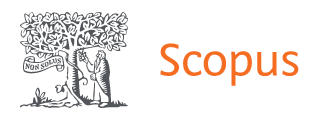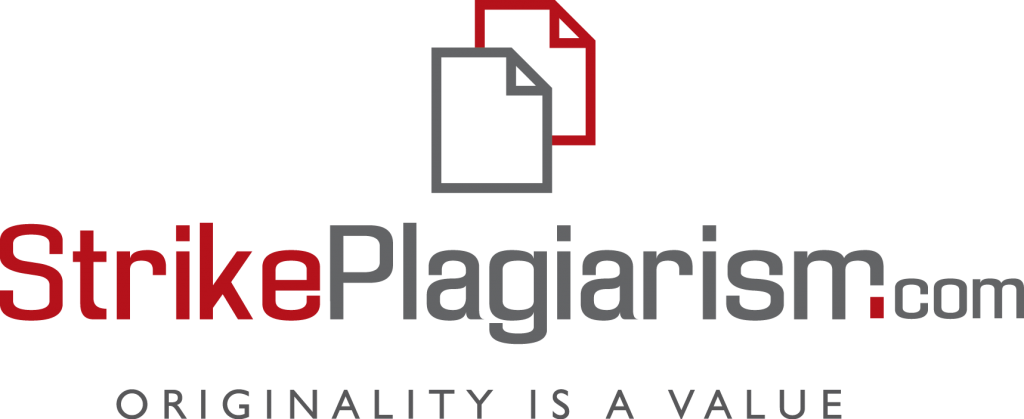Effectiveness of correction of dental dysfunction and functional movement patterns in military personnel with the consequences of combat craniofacial trauma by means of physical therapy
DOI:
https://doi.org/10.32782/2077-6594/2024.4/13Keywords:
physical therapy, traumatology, bone fracture, craniocerebral injury, dental dysfunctionAbstract
Purpose: to evaluate the effectiveness of the physical therapy program based on indicators of dental dysfunction and functional movement patterns in patients with combat craniofascial trauma. Material and methods. The control group consisted of 16 military personnel without injuries. The main group consisted of 14 with the consequences of craniofacial trauma. A one-month physical therapy program was developed for them, which included two blocks for the correction a fracture of the upper jaw (therapeutic exercises for the maxillofacial area, neck, breathing exercises, mobilization of the temporomandibular joint, kinesio taping, a gentle diet) and craniocerebral trauma (functional training on “Рrosedos” platforms, therapeutic exercises with TheraBand expanders). The effectiveness was assessed by the Jaw Functional Limitation Scale, Functional Movement Screen. Results. In patients with the consequences of craniofacial trauma, functional limitations of the orofacial area are determined – deterioration of chewing, mobility of the lower jaw, verbal and emotional communication (according to the Jaw Functional Limitation Scale), changes in the performance of basic movement patterns that require balance, strength, coordination abilities (according to the Functional Movement Screen). The complex rehabilitation program demonstrated a statistically significant improvement (p<0.05) of the investigated indicators of the functioning of the orofacial zone and basic functional motor patterns compared to the initial data (but the corresponding values of healthy individuals were not achieved, p>0.05). Conclusions. It is advisable to use physical therapy to improve the functioning of the orofacial zone and basic movement patterns in military personnel with the consequences of combat craniofacial trauma.
References
Jagiella-Lodise O, Stewart CM, Moriarty H, Betarbet U, Cheng A, Amin D. Patterns of Craniomaxillofacial Trauma at an Urban Level I Trauma Center. Plast Reconstr Surg Glob Open. 2024;12(2):e5596. doi:10.1097/GOX.0000000000005596
Jeyaraj P, Chakranarayan A. Treatment Strategies in the Management of Maxillofacial Ballistic Injuries in Low-Intensity Conflict Scenarios. J Maxillofac Oral Surg. 2018;17(4):466-481. doi:10.1007/s12663-018-1089-0
Khatib B, Gelesko S, Amundson M, et al. Updates in Management of Craniomaxillofacial Gunshot Wounds and Reconstruction of the Mandible. Facial Plast Surg Clin North Am. 2017;25(4):563-576. doi:10.1016/j.fsc.2017.06.007
Streubel SO, Mirsky DM. Craniomaxillofacial Trauma. Facial Plast Surg Clin North Am. 2016;24(4):605-617. doi:10.1016/j.fsc.2016.06.014
Zeidan T, Kassouf E, Ahmadieh N, Nassar A, Jabbour G, Sleilati F. The Different Surgical Approaches to Maxillofacial Reconstruction after Ballistic Trauma. Plast Reconstr Surg Glob Open. 2024;12(8):e6066. doi:10.1097/GOX.0000000000006066
Легка черепно-мозкова травма. Реабілітаційний інструментарій / Переклад з англійської мови Романа Шияна. Київ : Наш формат, 2020.
Аравіцька МГ, Шеремета ЛМ, Данильченко СІ, Довгань ОВ. Ефективність засобів фізичної терапії у корекції функціонального статусу скронево-нижньощелепного суглоба при артрозі. Український журнал медицини, біології та спорту. 2021;6(34):188–193. DOI: 10.26693/jmbs06.06.188
Саєнко ОВ, Аравіцька МГ. Динаміка постіммобілізаційних функціональних обмежень орофаціальної зони у пацієнтів після перелому нижньої щелепи під впливом реабілітаційних засобів. Art of Medicine. 2023;4(28):115–120. DOI: 10.21802/artm.2023.4.28.115
Саєнко ОВ, Аравіцька МГ. Оцінювання ефективності програми реабілітації хворих із дисфункцією скронево-нижньощелепного суглоба у постіммобілізаційному періоді після переломів нижньої щелепи за показниками кінезіофобії та якості життя. Health & Education. 2023;4:220–225. DOI: https://doi.org/10.32782/health–2023.4.31
Стандарт медичної допомоги переломи середньої зони обличчя (верхньої щелепи, вилицевого та назо-етмоїдального комплексу, орбіти) [Internet]. Available from: https://moz.gov.ua/uploads/10/50998-dn_1886_31102023_dod.pdf
PROSEDOS. Powered by Gray’s Institute [Internet]. Available from: https://procedos.com/.
Ohrbach R, Larsson P, List T. The jaw functional limitation scale: development, reliability, and validity of 8–item and 20–item versions. J Orofac Pain. 2008;22(3):219–230.
Cook G, Burton L, Hoogenboom BJ, Voight M. Functional movement screening: the use of fundamental movements as an assessment of function – part 1. Int J Sports Phys Ther. 2014;9(3):396-409.
Cook G, Burton L, Hoogenboom BJ, Voight M. Functional movement screening: the use of fundamental movements as an assessment of function-part 2. Int J Sports Phys Ther. 2014;9(4):549-563.








